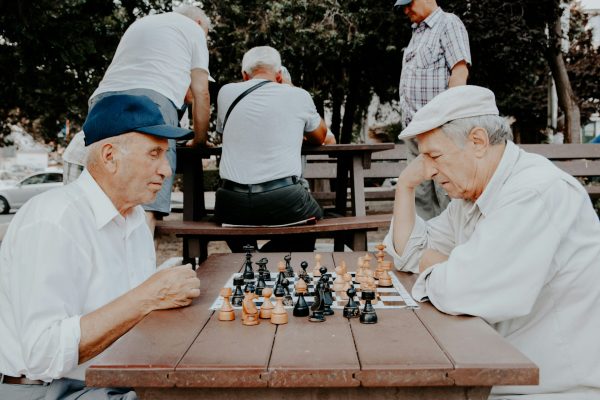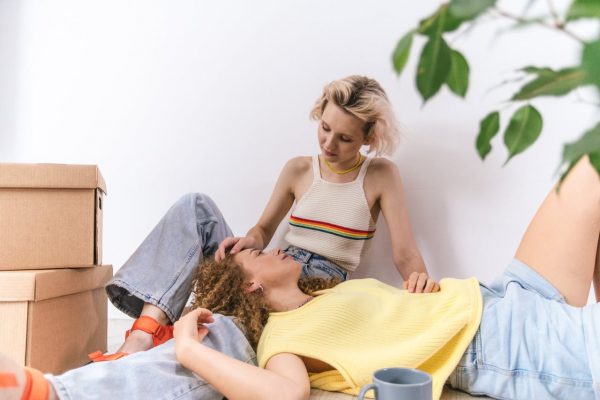No matter your sexuality, you deserve to celebrate the love you have with your partner to the fullest — with all the joy and happiness in the world. For that reason, whenever Valentine’s Day comes around, you should do everything you can to show how much you love your partner. And what better way to attain that goal than to give them a breathtaking bouquet of flowers?
Flowers are a great Valentine’s Day gift. After all, they are beautiful and fragrant, so anyone would love to receive them as gifts. But aside from that, some flowers have become significant to the LGBTQ+ community because of their role during the queer movement. So, if you choose these certain flowers, not only are you showing your love to your partner, but you are also honoring queer history.
The following are the flowers that symbolize the LGBTQ+ movement.
Violets
Sappho is one of the most prominent poets of Ancient Greece, and scholars have noted that in her poems, she often used violets as a metaphor for female love. The connection between violets and lesbianism continued to be passed down throughout the ages, and in 1926, a scandal occurred during the New York production of a play called The Captive.
In this play, a female character gave violets to another female character, and people interpreted it as a theme of sapphic love. This commotion then led to a widespread uproar and calls for censorship. The play was shut down in 1927, but during its production in Paris, several women wore violets on their lapels to show their support. Eventually, this flower has become a symbol among the sapphic community.
Green Carnations
Oscar Wilde is another distinguished author in literary history, and he’s also one of the most well-known gay men during the Victorian era. In his time, he used to wear green carnations on his lapel, and during the opening night of his play Lady Windermere’s Fan, he asked his friends to do the same thing.
Because of this, a man wearing a green carnation on one’s lapel became a sign that he is attracted to men.
Pansies
During the early 1900s, the word “pansy” was associated with gay men. This is because Marcel Proust wrote in his book Sodome et Gomorrhe that a relationship between two men is like the process of flower fertilization. And since pansies are well-known for their bright colors, people started associating this flower with gay men, especially those who dressed flamboyantly.
Eventually, gay men have reclaimed the term — and the flower — pansy. Now, they bring pansies during Pride Month to celebrate their identity.
Lavender
In the 1920s, when a man possessed qualities that were not deemed to be masculine enough, people would say that he had a “streak of lavender” in him. Because of this, the term “lavender boy” was created, and it was used to refer to gay men.
Eventually, lavender became associated with lesbians as well, especially in the 1970s. This is because, during the feminist movement, lesbian activists joined the fight for equal rights, calling their involvement the “Lavender Menace.”
Now, lavenders and other flowers that have the same color have become the flower of choice for queer people during Valentine’s Day.
Conclusion
Flowers are the epitome of splendor and beauty, and they are also full of symbolism and significance — especially for the LGBTQ+ community. So, if you’re still in search for the perfect gift for your loved one this coming Valentine’s Day, you should order a bouquet with all the flowers mentioned above.





